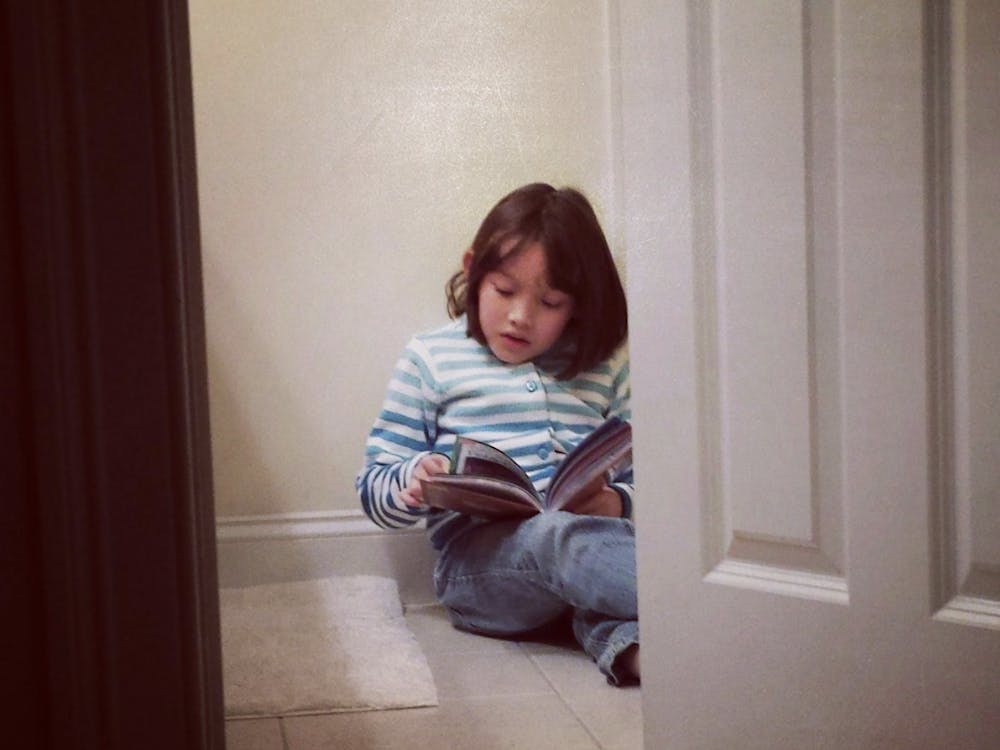
Even the act of running sucks. People stare at you as you slowly jog past them, decked out in the sports clothing you wear once a year. The concept in itself is strange. Why run for fun? The idea is entirely contrary to the great many negative connotations that running has historically: mainly that we normally do it to get away from something bad.
As it turns out, running has been around for a pretty freaking long time. The earliest record of running for sport comes from Ireland.
To commemorate the death of the Irish goddess and queen Tailte in 1829 B.C., a festival was held which included a number of events to challenge both physical and mental fitness. Among these were hurling, play acting and of course, running. The games continued to run until the Norman invasion of 1117 B.C., though they were later revived in 1924, featuring many of the same events.
A hop, skip and couple thousand years later, the historic run of Pheidippides inspired the marathon event introduced during the first modern Olympics in 1896.
Though there is quite a lot of dispute about the accuracy of the legend, the story goes that Pheidippides ran from Athens to Sparta, a distance of about 240 km (150 mi), in order to request help against the Persian invasion of Marathon. He ran this distance in just two days and encountered the mythical god Pan on the way. The god was upset that the Athenian people paid no attention to him, a message which Pheidippides delivered along with his request for aid. Later, the Athenians would build a shrine to Pan, and the god would help them fight their battle against the Persians.
Once the battle at Marathon was won, Pheidippides was tasked once again with delivering a message, this time to Athens. He ran the 40 km (25 mi), in a single day, told the Athenians “Victory” (but in Greek of course), and then promptly dropped dead.
In his honor, Olympic planners forced people to do this same grueling run for over 100 years.
But when did recreational running become so popular? Running that’s not for safety or sport but simply the ambiguous concept of healthy living. The fad isn’t as old as you might think, while indoor treadmill jogging has been around slightly longer, outdoor jogging only really became popular in the 1960s.
In fact, before this time, treadmills were commonly used as a form of punishment and hard labor for prison inmates. Famously, Oscar Wilde was forced to run on one during his two-year prison sentence for sodomy. What I’m saying is that I’m not totally wrong when I scream “This is torture” five minutes into my five mile.
So how did it get to the point it is today where you can’t step outside without seeing someone in bright colored spandex breezing past you?
Well, part of the success is due to a book which promoted jogging as health measure, and the other part was due to capitalism. Nike, which you may recognize as the shoe company (or Pheidippides’ last words), had a stake in increasing the sport’s popularity. By promoting running, they increased shoe and clothing sales.
So there you go, apparently I have Nike to blame for my burning calves, lungs and back.
Hopefully all of this history will inspire you and me to pick up the hobby. More likely, I will find myself tomorrow, halfway into a box of Oreos, telling myself that I will go for that run some other day.





